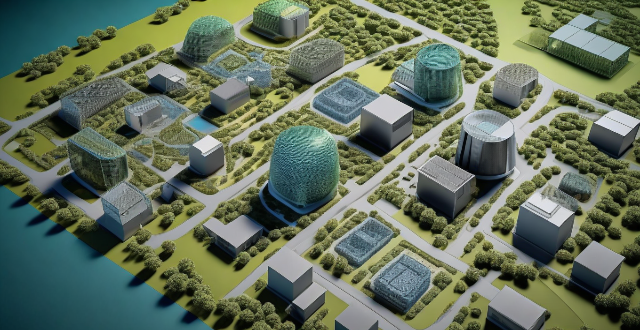Over the past decade, permanent magnet motor technology has seen significant advancements due to increased demand for energy-efficient technologies, improvements in materials science, and the growing need for sustainable transportation solutions. Key developments include improved materials like NdFeB and SmCo, advanced manufacturing techniques, innovative designs such as axial flux motors and spoke-type rotor designs, widespread adoption in electric vehicles, and use in energy-efficient applications. Looking ahead, permanent magnet motor technology will continue to evolve and play a vital role in creating more sustainable and energy-efficient systems.

The Evolution of Permanent Magnet Motor Technology Over the Past Decade
Permanent magnet motors have been around for quite some time, but their development and application have seen significant advancements over the past decade. This evolution can be attributed to various factors such as increased demand for energy-efficient technologies, improvements in materials science, and the growing need for sustainable transportation solutions.
Key Developments in Permanent Magnet Motor Technology:
1. Improved Materials:
One of the most crucial aspects of permanent magnet motor technology is the material used to create the magnets themselves. Over the past decade, there have been significant advancements in rare-earth magnet materials like Neodymium-Iron-Boron (NdFeB) and Samarium-Cobalt (SmCo). These materials offer higher energy densities and improved thermal stability, leading to more efficient and powerful motors.
2. Advanced Manufacturing Techniques:
As manufacturing techniques continue to evolve, so does the ability to produce high-quality permanent magnet motors at scale. Advanced processes such as injection molding, powder metallurgy, and 3D printing have allowed for more precise control over motor design and assembly, resulting in improved performance and reliability.
3. Innovative Designs:
In recent years, engineers have developed new designs for permanent magnet motors that maximize efficiency while minimizing size and weight. Examples include axial flux motors, which have a flatter profile and can be easily integrated into compact systems, and spoke-type rotor designs that reduce magnetic losses.
4. Widespread Adoption in Electric Vehicles:
The automotive industry has been a major driver of innovation in permanent magnet motor technology due to the increasing popularity of electric vehicles (EVs). Permanent magnet motors are ideally suited for EVs because they offer high torque at low speeds, making them well-suited for city driving conditions. Additionally, their high efficiency helps extend battery life, reducing range anxiety among consumers.
5. Energy-Efficient Applications:
Beyond automotive applications, permanent magnet motors are finding uses in a wide range of energy-efficient applications, including HVAC systems, industrial equipment, and renewable energy generation. As concerns about climate change continue to grow, there is an increasing demand for technologies that can help reduce greenhouse gas emissions, making permanent magnet motors an attractive option for many industries.
Looking Ahead:
As we look ahead to the next decade, it is clear that permanent magnet motor technology will continue to evolve and play a vital role in our efforts to create more sustainable and energy-efficient systems. With ongoing advancements in materials science, manufacturing techniques, and innovative designs, we can expect these motors to become even more powerful, efficient, and widely adopted across various sectors.